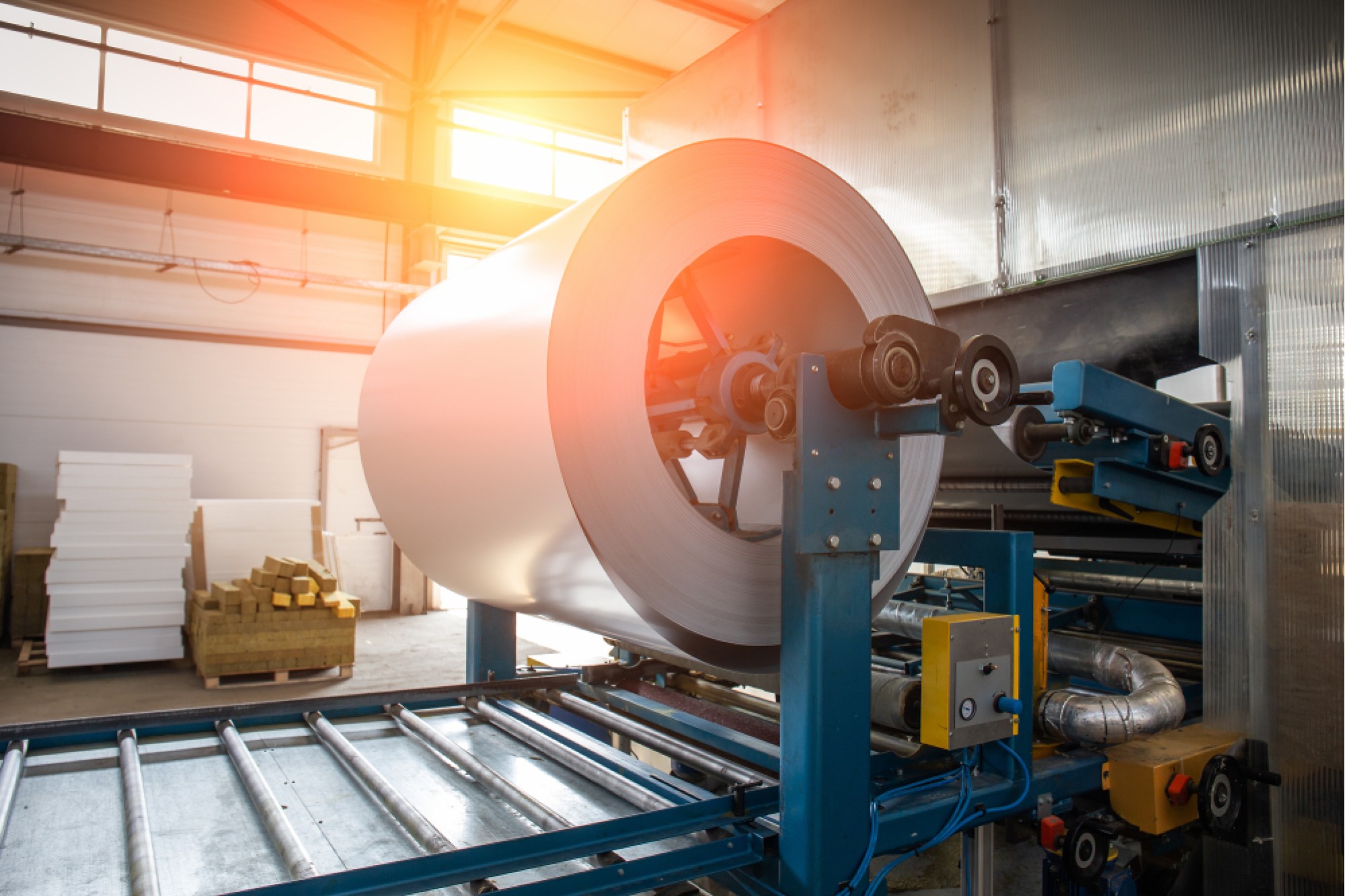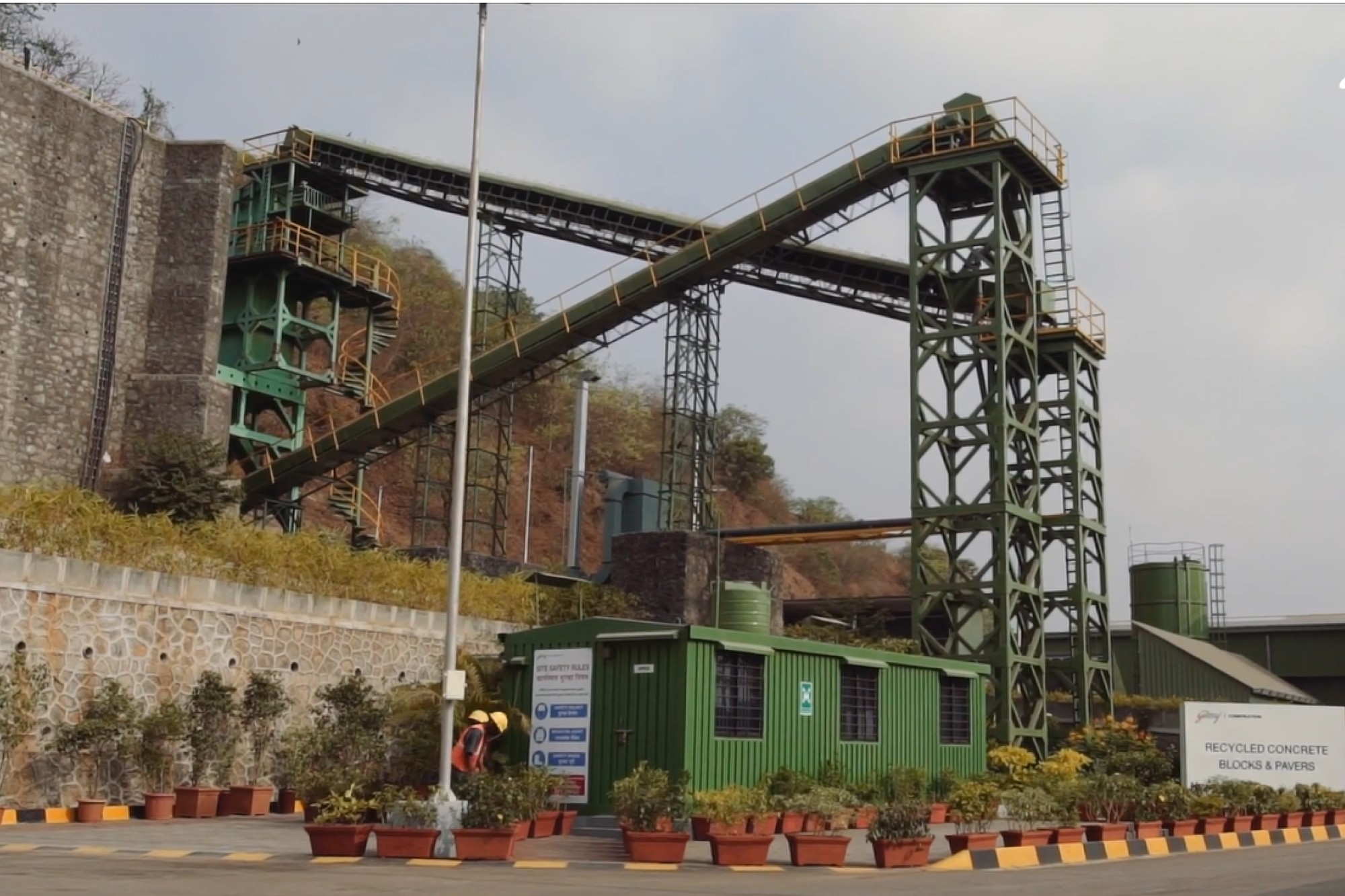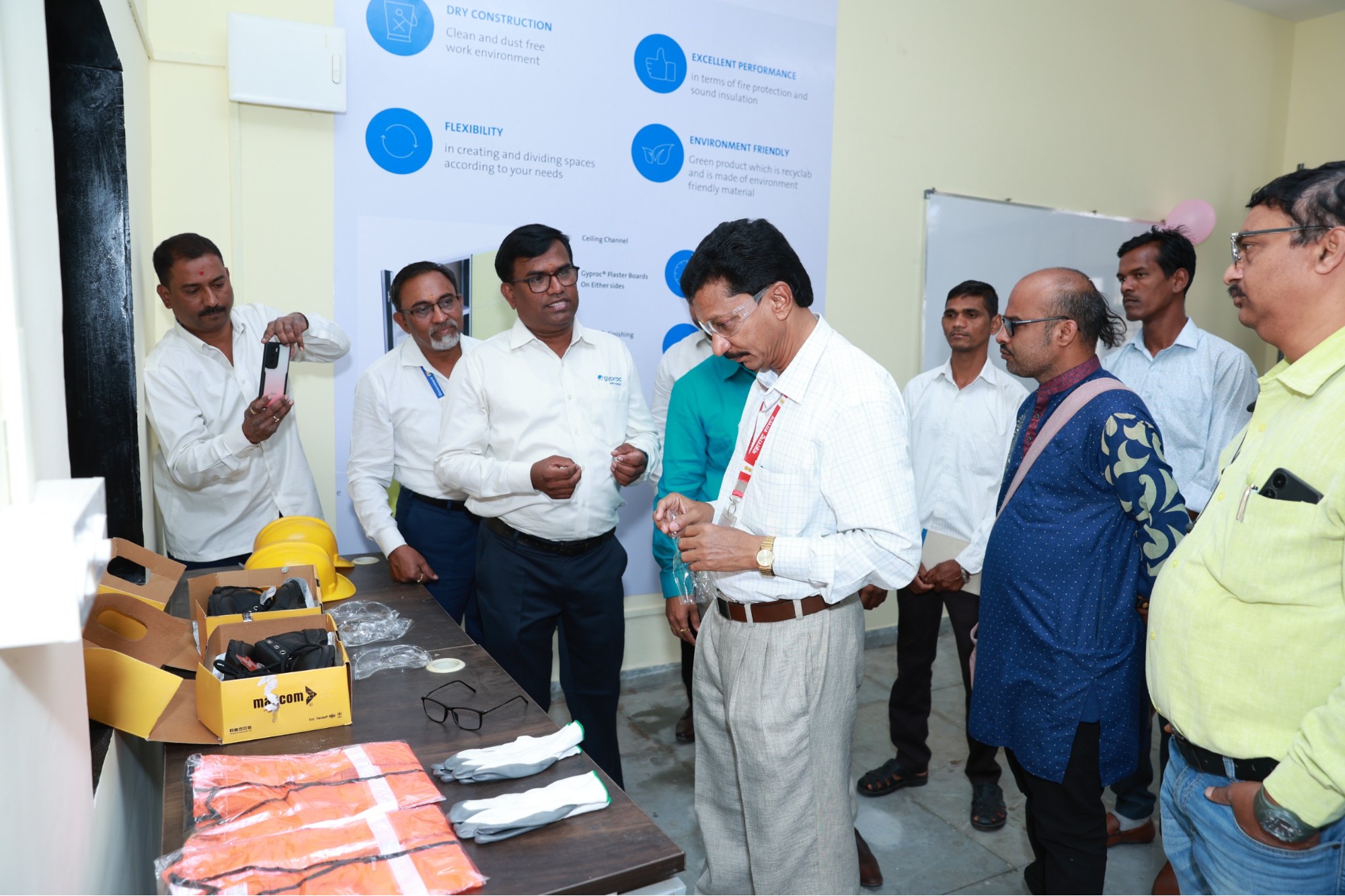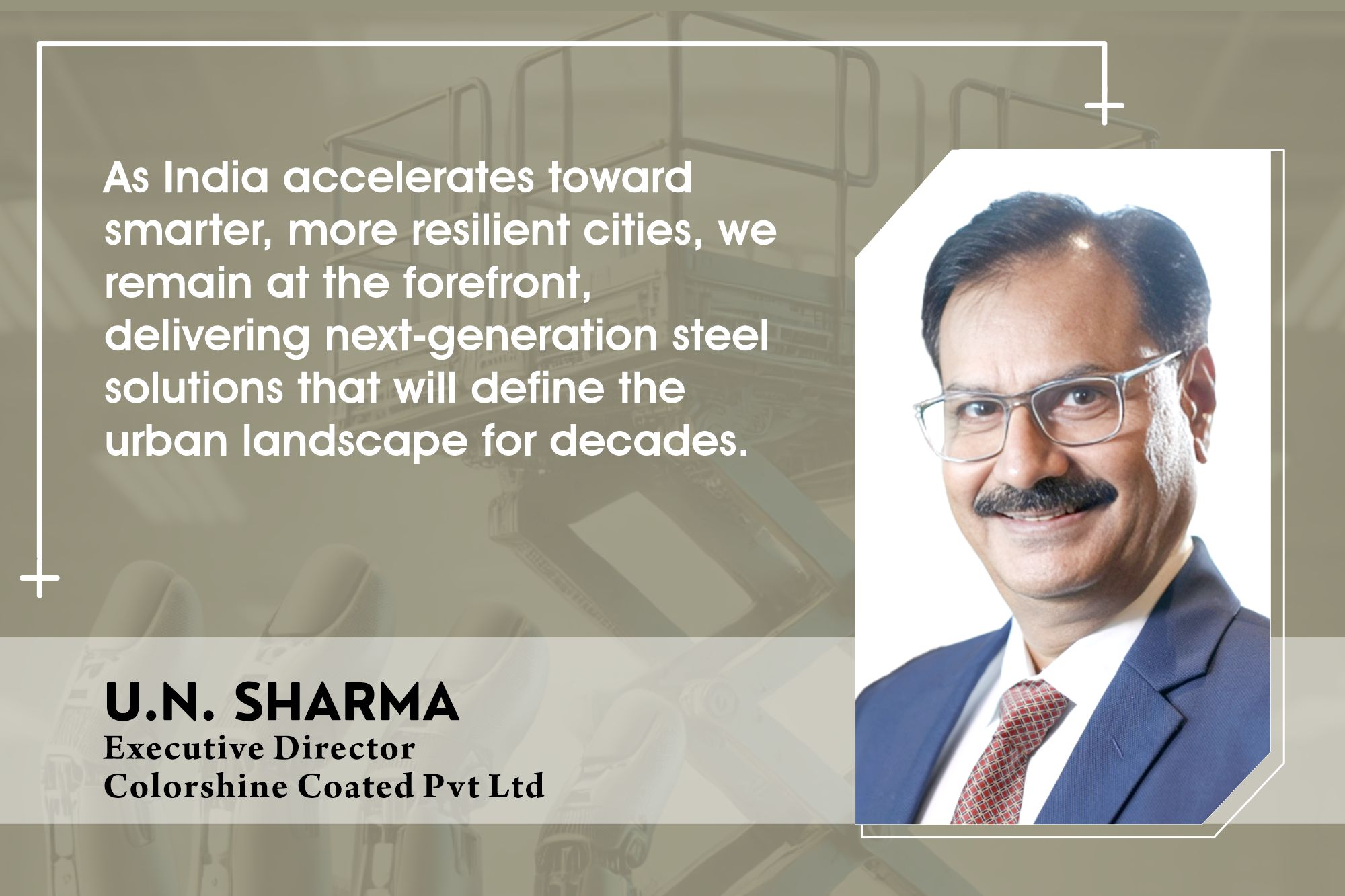Precast India Connector: an alternative to wall-to-wall connections
By Edit Team | May 24, 2023 4:25 pm SHARE

This article discusses the Precast India Connector (PIC), a precast connection technique for wall panels that offers a robust and ductile alternative to traditional methods. It covers the advantages of PIC over other systems and its features that make it an ideal choice for reinforcing structures.
Introduction Precast India Connections is a new venture from the team of Precast India Infrastructures Pvt. Ltd. Precast India has conceived, innovated and patented a method of achieving a Dowel-Sleeve connection that functions even in the horizontal direction. Various Plug and Play applications in beam-tobeam and wall-to-wall connections are ready to use in your Precast Projects instead of the usual ‘Cast In Situ Open Junction’ or ‘Stitch Junction.’
What are the current methods of wall-to-wall connections across the vertical joint?
Wire loop system
Soft connections, also known as notional connections, are commonly used in residential and commercial projects to align wall panels and prevent progressive collapse. They rely on concrete shear keys more than the connection itself. Each panel is individually designed with vertical reinforcement required from the footing to the terrace level. Despite multiple walls, their combined effect cannot increase the length of the shear wall in the design. This connection is not recommended in seismic areas or relied on for structural benefit.
Cast in Situ Stitch Joint (Steel loop system)
The steel loop system solves the design challenge posed by the wire loop system in individual panel design. Incorporating overlapping loop bars and vertical reinforcement can transfer forces between panels, allowing them to be treated as a single long panel during structural analysis and design. However, achieving this on-site takes a lot of work. The junction is often congested, with a width of around 300mm, making shuttering and concreting (or grouting) time-consuming, costly, and challenging to assure quality. The joint is prone to bulging and is aesthetically different, making treatment difficult. In addition, protruding loops from the mould shutters are difficult to manage during casting, requiring bending or rebending. These challenges make the steel loop system a difficult solution to implement in practice.
What is the PIC?
The Precast India Connector (PIC) is a precast connection technique based on the proven dowel and sleeve method. This method is commonly used for panel-topanel connections across the horizontal joint, with corrugated pipes or cast-iron couplers used as sleeves. Previously, using dowel-sleeve connections horizontally was deemed impossible due to dowels clashing during panel installation. However, Precast India has innovated and patented a method for achieving dowel-sleeve connections horizontally, launching the PIC through its new venture, Precast India Connections.
Why go for the PIC?
The PIC connection is stronger and more ductile than the wire loop, providing an emulative monolithic connection that allows multiple panels to be treated as one long wall, reducing vertical reinforcement costs by 30-40%. It is not comparable to the wire loop. The PIC is also an efficient replacement for the CIS stitch joint in terms of time and workforce savings, ease of operations, and higher quality assurance, without additional costs. As a professional, quantifiable, and qualitative alternative to the messy and laborious CIS stitch joint, the PIC offers improved performance and ease of use.
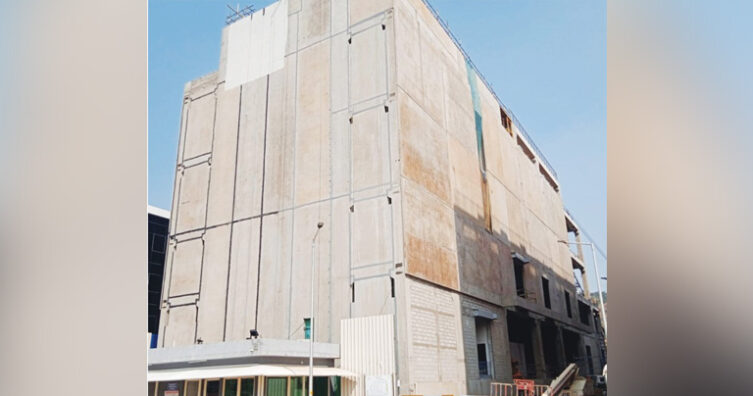
PIC is conceived in India, designed in India, and Made in India, By an Indian Precaster
Precast India is a fellow Indian precaster that has embraced new technology, unlike other suppliers working in the market. Their product and system are meant to help other precasters facing cost or time overruns, as they did in 2016, or those who seek an alternative to risky CIS joints in their projects. The product was designed with feedback from production and installation engineers, as well as guidance from product designers and consultants worldwide. After almost seven years of nurturing and developing the idea in their own projects, Precast India is ready to share this solution with other Indian precasters at an affordable rate. It is an ode from one precaster to another, aimed at improving the industry.
Applications already performed in Precast India
It has a shear wall-to-shear wall connection and can be retained wall-toretaining wall connection. There is rebar continuity in beams to the in-situ junction by casting the column up to the beam top instead of the beam bottom.
Positive feedback has been received from leading professors and structural consultants worldwide for the system. Professor Rolf Eligehausen from Germany provided overall guidance and acted as a mentor in European technical approvals. Professor Akira Wada from Japan provided original guidance and test support. IIT Madras guided Indian testing and approvals, while IIT Bombay was a peer reviewer for some projects in which the system was used. In India, positive feedback was received from leading structural consultants such as Dr. K Shantharaju, SW Mone and Associates, TRC International, Melior, Metey, and Precision Precast Solutions.
Features of the Product
The product boasts several features that make it a reliable choice for reinforcing structures. Firstly, it utilizes the proven Dowel-Sleeve methodology. Secondly, it offers multiple options for sliding the bar from the Donor to Receptor. Thirdly, GSI attachments are available to indicate grouting completion and non-spillage. Additionally, Optional Holdfast cum Supplementary Reinforcement Plates can be utilised to fix the bar in position. The product also indicates that the bar travel is complete, and Tolerance Analysis is performed for 12mm to 20mm rebar sizes. Aligner Plates and end caps are included to fix shuttering easily, and minimum re-training is required for staff.
Moreover, the product has the least openings in elements and is factory assembled for easy use and fitting into reinforcement cages. It can be used in horizontal as well as vertical casting and can be used in left or right orientation. Finally, there is a universal size of Donor, while the Receptor comes in two sizes: Small for 10 and 12mm dia bars, and Medium for 16 and 20mm dia bars.
“Our motto – Strive to Eliminate Cast in Situ Joints in Precast Projects for longterm sustenance and profitability. The whole advantage of precasting is lost when at the site. One has again to pour CIS concrete in minuscule quantities at the junctions. This takes time, effort, energy and resources while creating coordination issues and, ultimately, gives birth to an overall time and cost overrun which, more often than not, cannot even be quantified and ultimately kills profits by increasing overheads and rising tensions due to uncontrollable delays”, says Kapilesh Ajit Bhate,
Cookie Consent
We use cookies to personalize your experience. By continuing to visit this website you agree to our Terms & Conditions, Privacy Policy and Cookie Policy.



